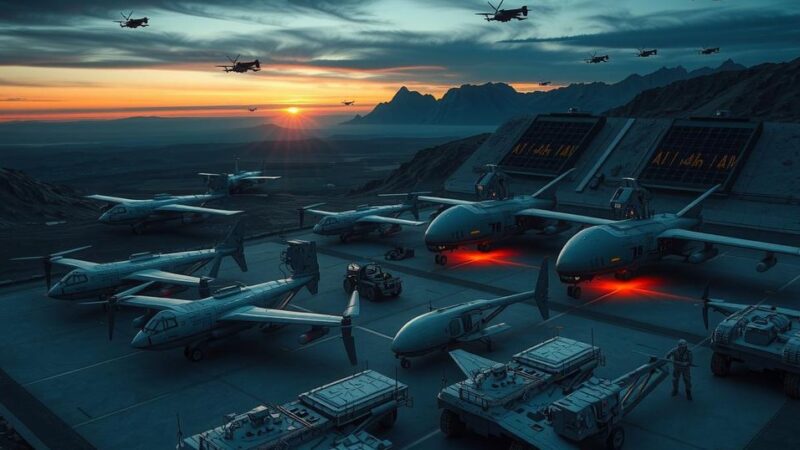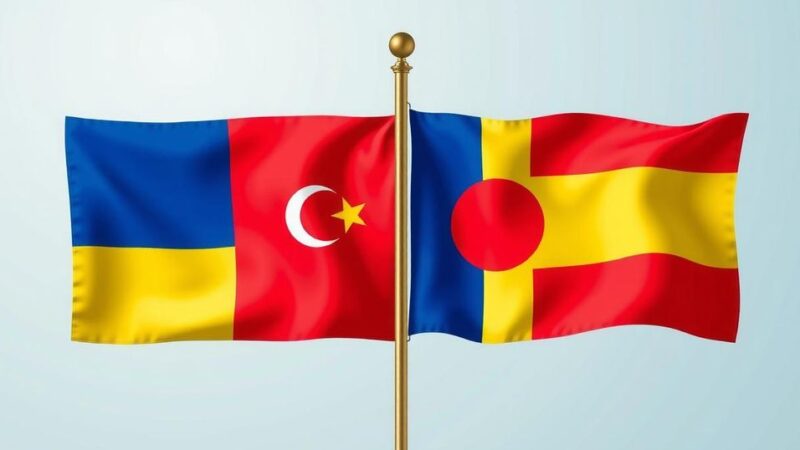The integration of a powerful U.S.-backed Kurdish force into Syria’s national army seeks to promote unity and respect for the Kurdish minority. Following a violent crackdown on Assad’s remnants, interim President Ahmad al-Sharaa’s agreement with the Syrian Democratic Forces (SDF) raises questions about minority rights as outlined in a vague new constitution. Experts caution that successful integration of the SDF poses significant challenges, particularly relating to past violence and regional tensions, as the Kurds remain cautious about relinquishing their military capabilities.
The integration of a powerful Kurdish force, supported by the United States, into Syria’s national army is intended to promote unity and respect for the Kurdish minority. This comes as a boost to interim President Ahmad al-Sharaa, following a violent crackdown on Assad-regime remnants that resulted in significant casualties. The violence has undermined Mr. Sharaa’s commitment to advancing peace and preventing sectarian retaliation.
The agreement, established on March 10, aims to unify Kurdish forces with Syria’s military and institutions under a common banner. This collaboration has sparked celebrations amongst Syrians hopeful for unity, particularly in Damascus and Kurdish-controlled regions. Although conceptually promising, the interim constitution offers only vague assurances concerning minority rights, maintaining Arabic as the official language and failing to specifically mention the Kurdish population, which constitutes about 10% of Syria.
The Kurdish political entity, the Syrian Democratic Council, has expressed its rejection of the interim constitution, denouncing it as a perpetuation of authoritarian rule, limiting political freedoms. Following this, demonstrations against the constitution emerged in various Kurdish areas. Mr. Sharaa has also proposed disbanding various militia groups, which raises doubts about the effective integration of the Syrian Democratic Forces (SDF) within the army, as past hostilities linger.
Journalist Ibrahim Hamidi acknowledges the agreement’s symbolic significance but emphasizes that it does not address the underlying tensions between Arabs and Kurds. While the SDF had an advantage with its U.S.-trained forces, the power dynamics are shifting, with the government enhancing its military capabilities.
Although the U.S. Department of Defense deemed the SDF’s role critical, plans for possible troop withdrawal from Syria complicate their future support. The Syrian government seeks to assimilate the SDF as individuals rather than as a cohesive unit, which poses a challenge to the SDF’s operations and stability.
Turkey remains a significant obstacle, viewing the SDF as an affiliate of the PKK, which it labels a terrorist organization. There is tension as the Syrian government appears to act as a mediator between the SDF and Turkey. Kurdish individuals express concerns regarding their rights and security amidst these arrangements.
Despite acknowledging the importance of the agreement, experts warn of the difficulties in integrating the SDF into the national army, particularly due to the potential threats from hostile militia groups. Trusting the military assurances of Mr. Sharaa is precarious, given the volatile nature of current circumstances. For the Kurdish population, surrendering their military strength could lead to severe repercussions, especially amidst rising violence and political uncertainty.
In conclusion, the integration of the U.S.-backed Kurdish force into the Syrian national army is a complex and multifaceted issue. The agreement aims to foster unity and address minority rights, yet faces significant challenges due to historical tensions, the vagueness of new constitutional guarantees, and shifting military dynamics. The inherent distrust towards the transitional government’s commitment to protect Kurdish interests further complicates the potential success of this initiative, suggesting that the situation remains precarious for the Kurdish population in Syria.
Original Source: www.csmonitor.com






